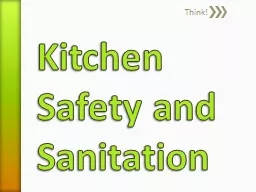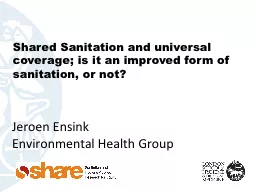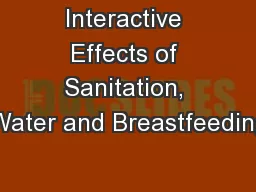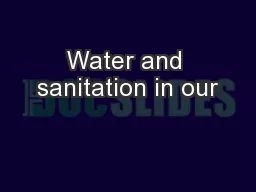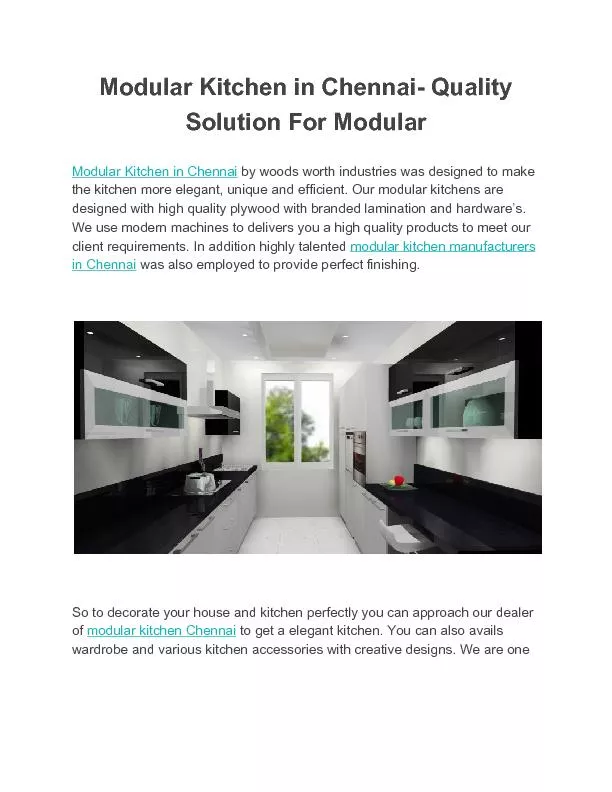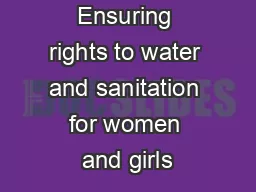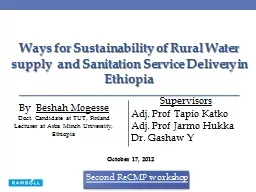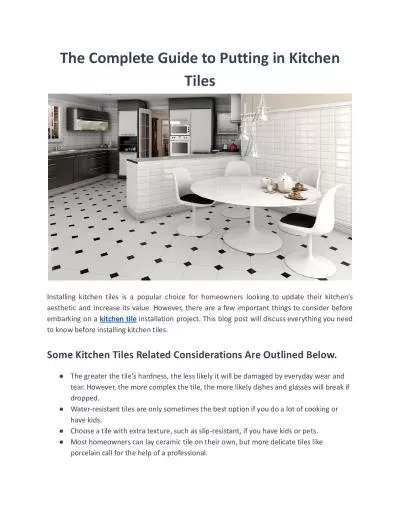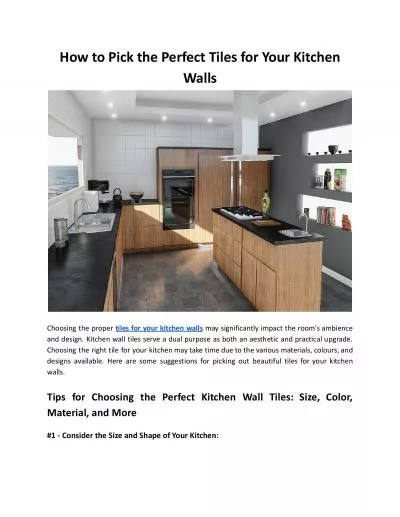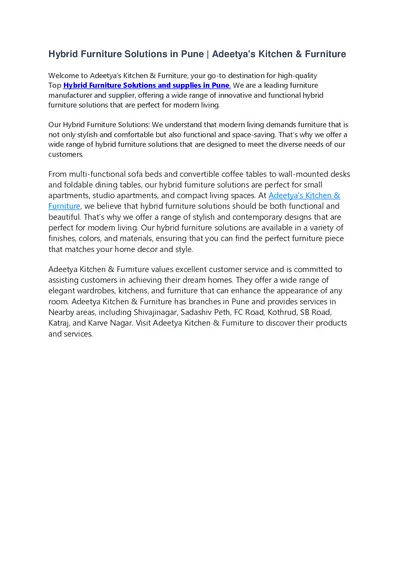PPT-Kitchen Safety and Sanitation
Author : ellena-manuel | Published Date : 2016-03-24
Think You have 3 minutes Please look at the following picture for 3 minutes and note all of the UNSAFE aspects of the picture UNSAFE KITCHENwhy Some reasons why
Presentation Embed Code
Download Presentation
Download Presentation The PPT/PDF document "Kitchen Safety and Sanitation" is the property of its rightful owner. Permission is granted to download and print the materials on this website for personal, non-commercial use only, and to display it on your personal computer provided you do not modify the materials and that you retain all copyright notices contained in the materials. By downloading content from our website, you accept the terms of this agreement.
Kitchen Safety and Sanitation: Transcript
Think You have 3 minutes Please look at the following picture for 3 minutes and note all of the UNSAFE aspects of the picture UNSAFE KITCHENwhy Some reasons why this kitchen is unsafe Open fridge door someone could run into it. You will be given 10 seconds after each question before the slides advance to the answer page. To advance to next slide, press the space bar.. Kitchen and Food Safety. Name one group of individuals that are more susceptible to a food borne. Jeroen. . Ensink. Environmental Health Group. WHO/ UNICEF JMP classification of sanitation. IMPROVED. UNIMPROVED. TECHNOLOGY. SHARING STATUS. -. . Flush. /Pour flush toilet. To piped sewerage system. . Brajesh Sharma [PhD Scholar]. INTERNATIONAL INSTITUTE FOR POPULATION SCIENCES, MUMBAI, INDIA. Country Profile . Socio-economic . &. . demographic profile. Nepal . Bangladesh . Pakistan. Year. w. orld. Information for teachers. How to use this resource:. This slide deck resource is intended as a source of information, case studies and task suggestions for teaching and learning about water and sanitation across several curriculum areas and units.. Water and Health Conference 2015. University of North Carolina. October 27. th. , 2015. Dr. Kamal Kar. Chairman, CLTS Foundation. Sanitation . and the MDGs. The recognition of sanitation as a key element in health outcomes started fairly late in international development. The name modular kitchen says, these kitchens are made out of different modules. Nowadays the kitchens found in our homes are larger with stylish and heavily attractive equipment. Particularly in India, women starts and ends her day only in kitchen, so that modular kitchens are emerged which simplifies their work. Lyla Mehta. Institute of . Development. Studies, UK and Noragric, Norway . Why water and sanitation for all? . . Essential for global . justice and human . development. Key to realising all the MDGs . Ways for Sustainability of Rural Water supply and Sanitation Service Delivery in Ethiopia By Beshah Mogesse Doct . Candidate at TUT, Finland Lecturer at Arba Minch University, Ethiopia October 17, 2012 Need high quality tiles for your kitchen? Here is the complete guide shared by Tile Trolley about kitchen wall and floor tiles. Read more! Here are some helpful suggestions for picking out beautiful and perfect tiles for your kitchen walls. Explore here! Explore creative kitchen wall tile design ideas that can enhance the style and personality of your kitchen walls. Connect with Tile Trolley. Adeetya's Kitchen & Furniture is an innovative brand that specializes in providing high-quality best Modular Kitchen Systems and Furniture to customers. https://adeetyas.com/ Best Hybrid Furniture Solutions in Pune Maharashtra offered by Adeetya's Kitchen & Furniture https://adeetyas.com/hybrid-furniture-solutions-in-pune.php Adeetya's Kitchen & Furniture in Pune offers a selection of top-quality kitchen trolleys to maximize storage space and improve the functionality of any kitchen. https://adeetyas.com/high-quality-kitchen-trolleys-in-pune.php
Download Document
Here is the link to download the presentation.
"Kitchen Safety and Sanitation"The content belongs to its owner. You may download and print it for personal use, without modification, and keep all copyright notices. By downloading, you agree to these terms.
Related Documents

